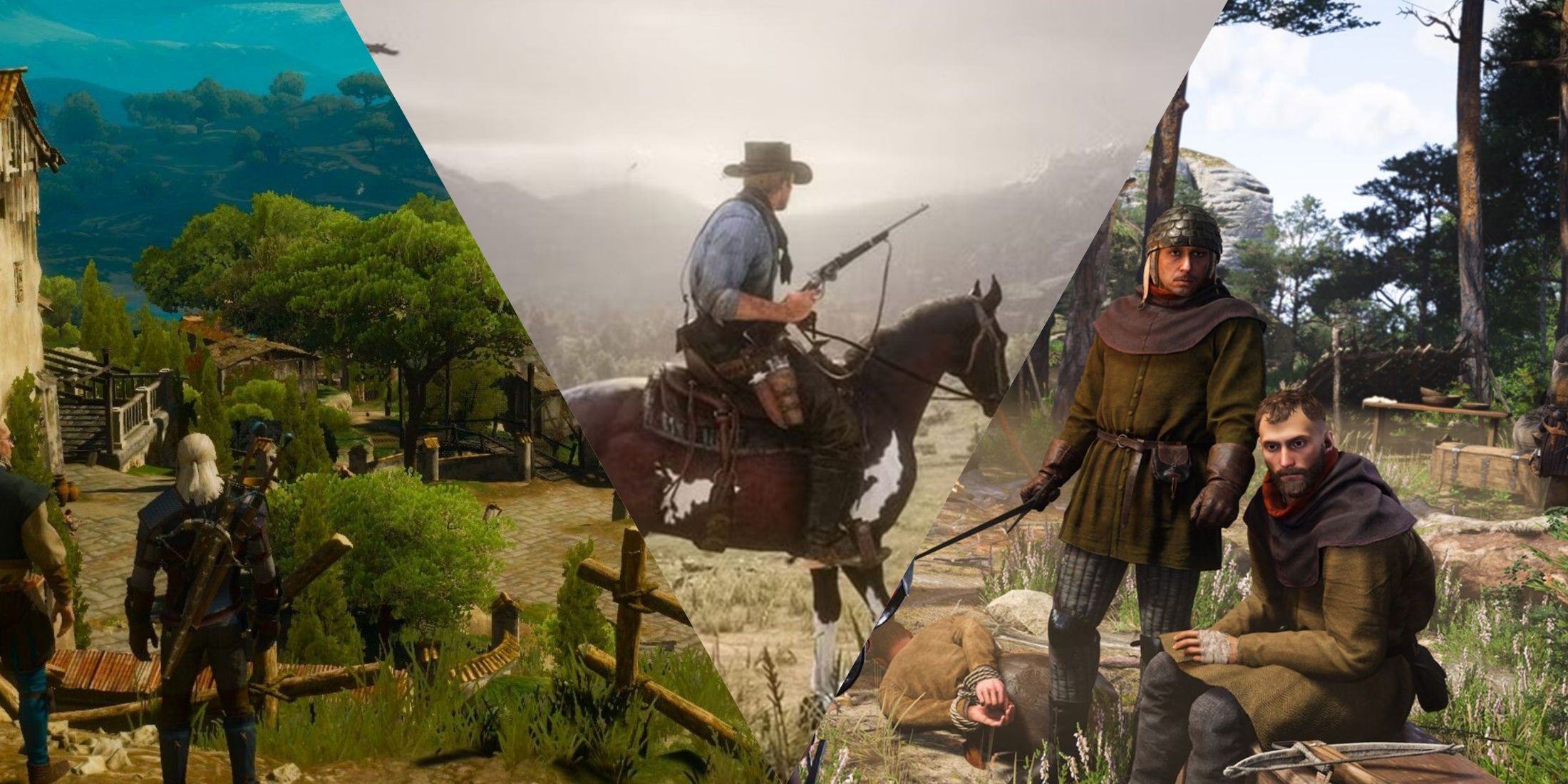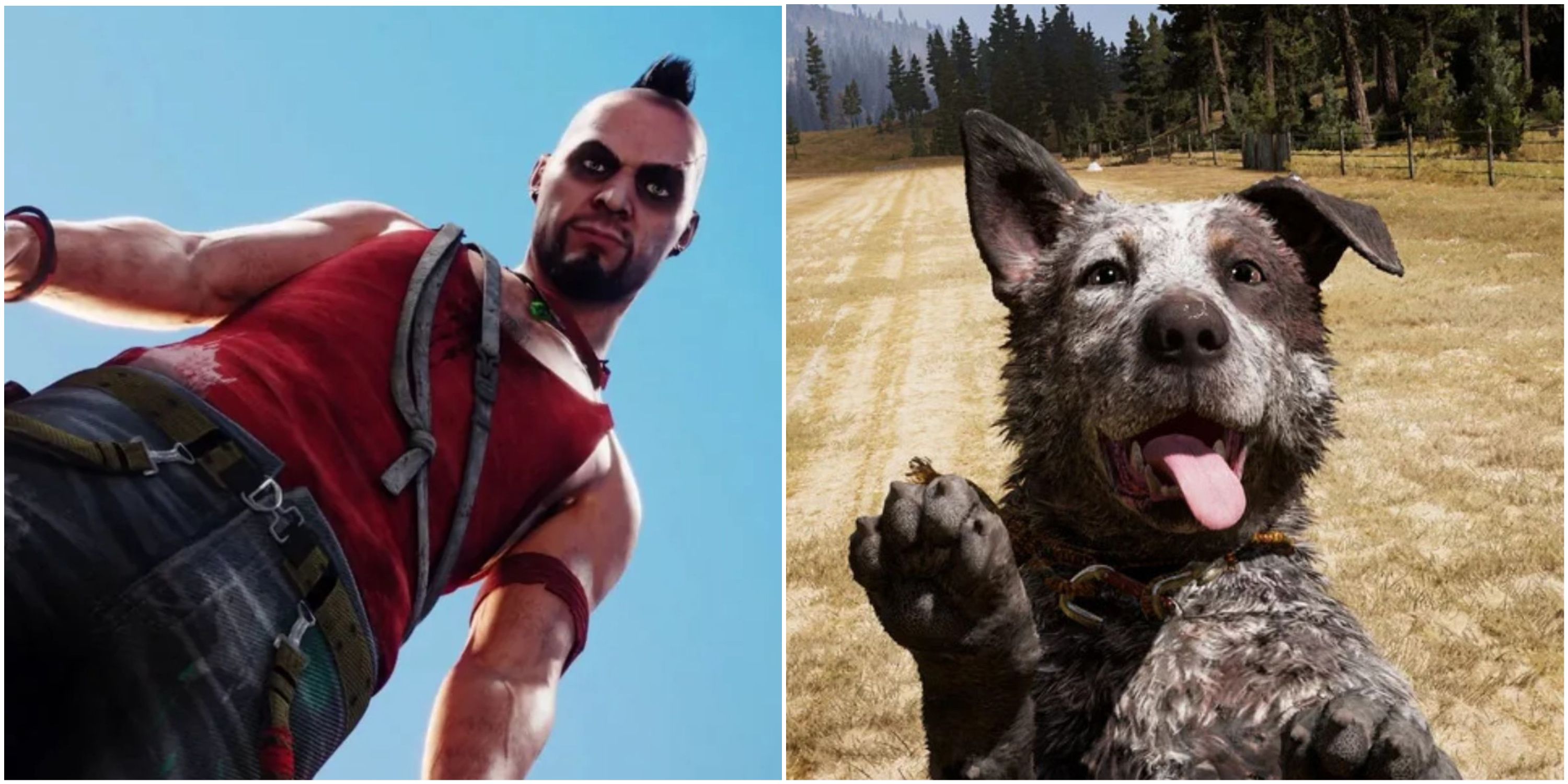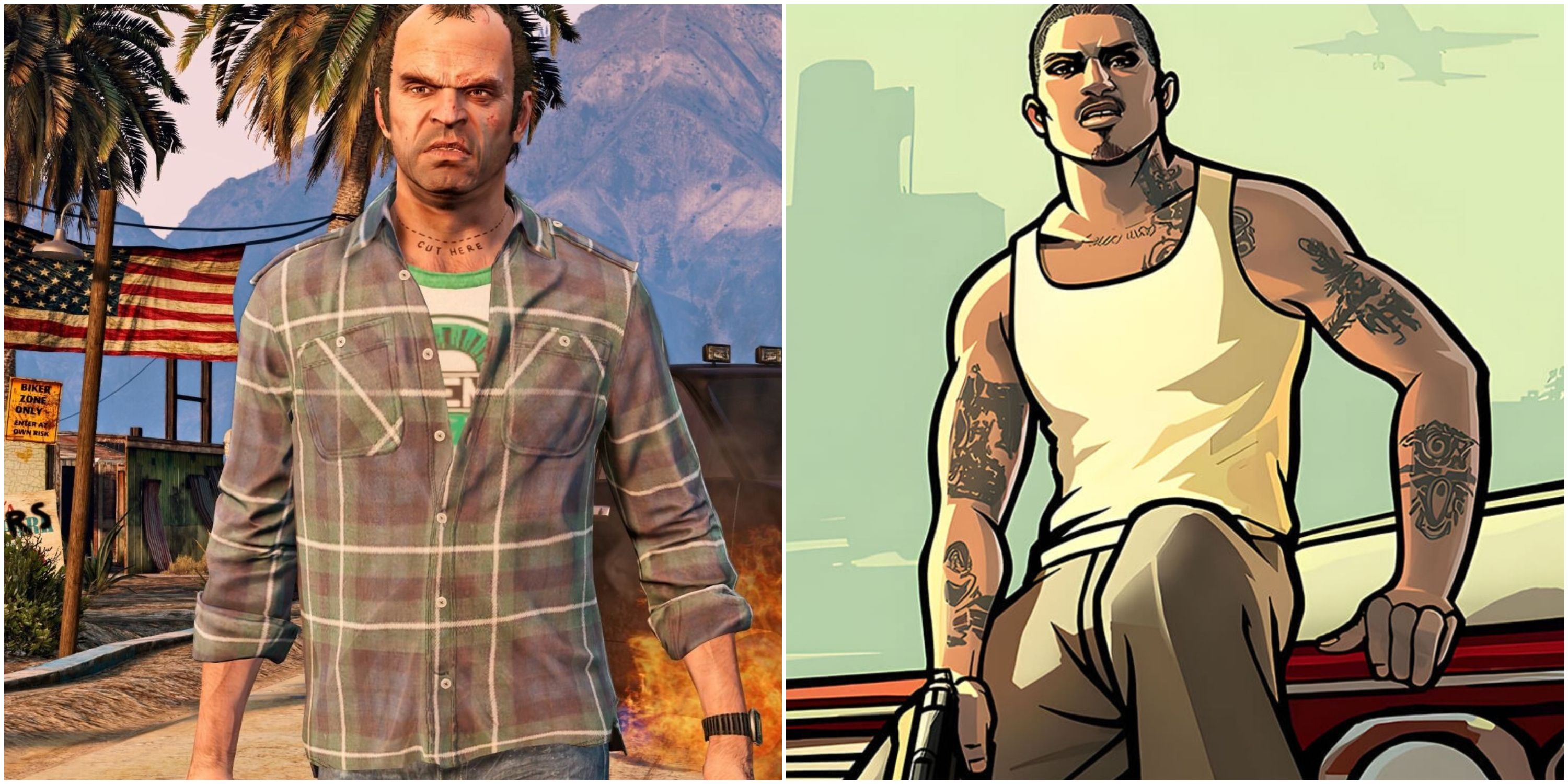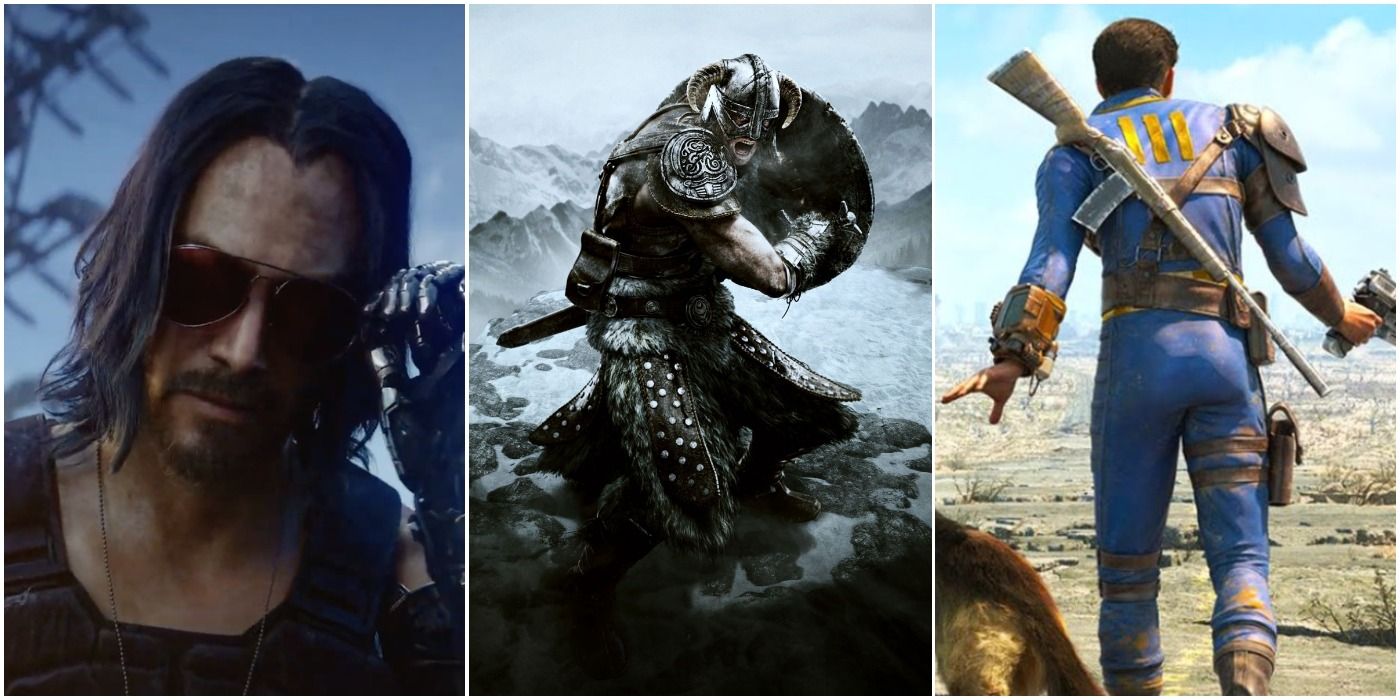Open-World Games That Have Aged Well
Description
Summary
- Sleeping Dogs’ attention to detail in Hong Kong, compelling story, and satisfying combat age like fine wine.
- Far Cry 3’s focused design, clear progression, and charismatic villain set it apart from its sequels, making it timeless.
- Assassin’s Creed 2’s stunning cities, charismatic protagonist, and authentic gameplay still make it one of the best entries.
Open-world games are notoriously tricky when it comes to aging. What once felt groundbreaking can easily turn clunky, empty, or worse—embarrassingly edgy—in hindsight. But then there are a few rare titles that hold up long after their consoles have gathered dust. Whether through timeless world design, combat that still hits hard, or stories that haven’t lost their grip over the years, these games prove that age really is just a number, provided that number isn’t tied to broken AI or unpatchable bugs.

Related
5 Open-world Games Where Gameplay And Storytelling Are Perfectly Aligned
This list spotlights some of the best Open-world games where game design and narrative design are perfectly balanced.
Some have been modded into modern shape, others were just that good from the start. Either way, these examples are still worth getting lost in.
6
Sleeping Dogs
Not Just Another Hong Kong Crime Story
There’s something special about Sleeping Dogs—something that’s kept it afloat over the years despite being an underdog even at launch. Set in a densely packed and vividly atmospheric version of Hong Kong, this open-world gem doesn’t rely on sheer scale. Instead, it thrives on attention to detail: neon-lit alleyways, bustling street vendors yelling over each other, and that unmistakable sense of rhythm only a city like this can offer.
Wei Shen’s story—a cop deep undercover in the Sun On Yee triad—carries real weight, thanks in part to a grounded narrative that doesn’t go completely off the rails the way many open-world plots tend to. And while the driving mechanics are decent, it’s the hand-to-hand combat that ages like fine wine. The Batman: Arkham-style melee system still holds its own, with brutal environmental takedowns that are frankly just as satisfying today as they were back in 2012. Microwave finishers, anyone? The fact that fans still beg for a sequel every year speaks volumes about how well this game stuck the landing.
5
Far Cry 3
Sometimes, All It Takes Is One Island
Before Far Cry 3, the series was known more for tech demos than tight design. But then came Rook Island—and everything changed. Vaas Montenegro, charismatic and unhinged, dragged players into a story that was as much about inner descent as it was about jungle shootouts. Even after all these years, his “definition of insanity” monologue still lives rent-free in every gamer’s brain.

Related
8 Far Cry Games With The Best Gameplay, Ranked
The Far Cry series has sometimes lacked innovation, but the best games in the franchise are immersive and satisfying to play.
What makes Far Cry 3 age better than most of its sequels is how focused it feels. The map isn’t bloated, the mission design has clear momentum, and the progression system walks that perfect line between rewarding and overwhelming. Hunting animals to craft better gear might sound like a chore now, but it was surprisingly fresh at the time, and it still works as a clean feedback loop.
The visuals, while dated, lean into a stylized palette that doesn’t try too hard to look photorealistic, and that’s part of why they still hold up. Also, Jason Brody turning from backpacker to warlord is a lot more believable when the chaos is this fun to cause.
4
Assassin’s Creed 2
Climbing Towers Never Felt So Revolutionary
There’s a reason Ubisoft keeps bringing Ezio back. Assassin’s Creed 2 didn’t just refine the formula; it pretty much created the blueprint for every modern Assassin’s Creed game that followed. But what’s really impressive is that, despite being over fifteen years old, it’s still one of the best entries in the series.
Florence, Venice, and Forlì remain stunningly well-realized, even without modern lighting tricks. Climbing up the side of Florence’s Duomo or hopping gondolas through Venetian canals still captures a sense of old-world beauty that’s hard to replicate. And Ezio himself? Easily one of the most charismatic protagonists in the genre, helped along by a coming-of-age story that actually evolves as he does.
The parkour may lack the fluidity of later titles, and the combat’s pretty simplistic by today’s standards, but none of that gets in the way of the experience. If anything, the game’s charm lies in its slightly rough edges, like a Renaissance painting with cracks that only make it more authentic.
3
Grand Theft Auto: San Andreas
San Andreas Never Slept
There’s a kind of scrappy brilliance in San Andreas that no amount of polish can replace. Released in 2004 on the PS2, it shouldn’t hold up—technically, it barely does—but somehow, it still feels more alive than a lot of modern open worlds.

Related
8 Most Fun Grand Theft Auto Games, Ranked
Most GTA games are critically acclaimed, but some are just more fun to play than others.
Part of that comes down to how layered everything is. Los Santos, San Fierro, and Las Venturas weren’t just different cities—they were fully distinct ecosystems, each with their own slang, radio stations, vehicles, and side activities. Whether it was customizing lowriders, getting chased by cops across the desert, or just trying to get CJ bulked up at the gym, the game constantly encouraged players to live in it, not just pass through.
Sure, the visuals are jagged and the AI is a hot mess, but that hasn’t stopped players from modding it into high-res chaos or speedrunning it for hours. Its cultural legacy, from “all you had to do was follow the damn train” to Hot Coffee controversy, has made it timeless in a way no remaster could ever replicate.
2
Red Dead Redemption
Even The Horses Remember
Some games get old. Red Dead Redemption just gets more haunting. There’s a kind of sorrow baked into every sunset in New Austin, and it hasn’t lost its edge since 2010. John Marston’s story remains one of Rockstar’s most restrained and emotionally grounded narratives—less about heists and chaos, more about consequence and the impossibility of redemption. And that final hour? Still cuts like a knife.
Despite the hardware limitations of the PS3 and Xbox 360, the world feels alive in a way most open-world games still struggle to replicate. Animals roam with purpose, random events unfold naturally, and the dusty towns scattered across the map feel like they’ve been there forever. Rockstar built something that didn’t need size to feel epic.
The recent release of a proper PC port has brought in swathes of players, new and old, letting them experience John Marston’s epic story on anything from ultra-wide monitors to 4K displays at a buttery-smooth 60 frames per second.
Skyrim Isn’t A Game, It’s A Lifestyle
Let’s be honest: Skyrim stopped being just a game years ago. At this point, it’s a platform, a modding playground, and a punchline all rolled into one. It’s been released on so many systems that it might as well be its own genre.
But the reason people keep buying it—and modding it into increasingly cursed creations—is because Skyrim’s core is still solid. The snowy sprawl of Tamriel’s northern province is packed with enough dungeons, dragons, guilds, and weird Daedric nonsense to keep players busy for hundreds of hours. And thanks to its minimal reliance on photorealistic visuals, the art style masks its age surprisingly well.
The real kicker is how much freedom it offers. Want to join the Dark Brotherhood, steal everything that’s not nailed down, then shout someone off a cliff? Go ahead. Want to ignore the main quest entirely and spend 200 hours smithing daggers in Whiterun? That’s valid too. Skyrim doesn’t care how players play, and that’s exactly why it still holds up.

More
10 Open-World Games To Play If You Loved The Elder Scrolls V: Skyrim
If you enjoyed Skyrim, then these open-world games will absolutely blow you away!




